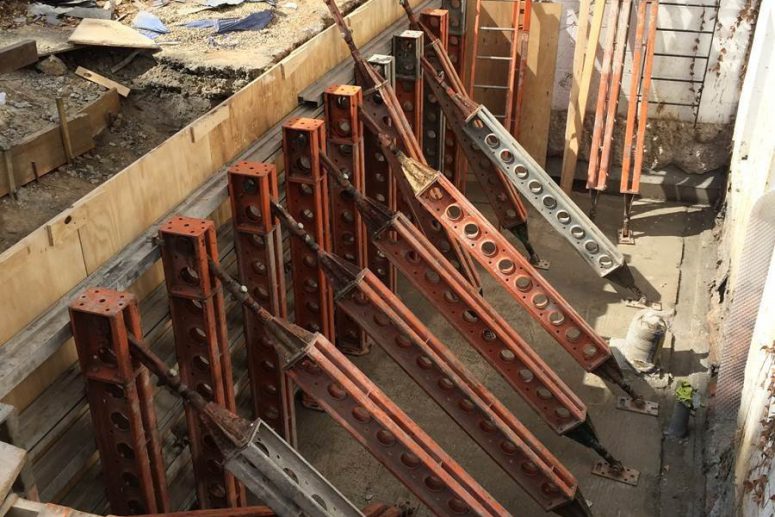Beauty, strength, durability and malleability
Steel’s many important properties make it the material of choice in residential construction projects. Due to its high malleability, it can be transformed into different shapes, allowing for endless design possibilities. Steel’s excellent properties allow infinite, incomparable, stunning designs to be produced. The incredible strength of steel allows the construction of properties with large open spaces, without intermediate columns and load bearing walls
Fast, efficient and resourceful
Steel can be easily and quickly assembled; this significantly reduces the time frame of the project. For challenging constructions, steel allows for less contact with the ground, reducing the amount of excavation needed. Steel’s lightweight properties allow for smaller, simpler foundations to be made; its fantastic properties allow for efficient, fast, more economic projects, with a faster return on the investment.
More usable space and less material
Using a steel frame, allows designers to produce designs with more space and internal width, meaning fewer materials are used and more savings are made. The strength and spanning capacity of steel allow for thinner walls eliminating the need for thicker, solid brick walls. This is especially advantageous for smaller sites which have spatial challenges.
Adaptable and accessible
In current times, buildings are changed often and rapidly. Some changes involve increasing floor loads significantly, and repositioning walls to create different layouts. This is easily done with steel built structures. Cover plates can be added to beams, to increase their strength, and beams and girders can be reinforced and supplemented with additional framing. they can even be relocated to give additional support to heavier loads. Steel framework and flooring also give easy access to electrical wiring, networking cables and communication systems.
Less columns, more open space
Steel’s incredible scanning capabilities allow large spaces to be created, without columns, which is cost effective and can create spacious open plan living spaces. In single storey buildings, rolled beams have a span of over 50 metres. Trussed or lattice construction can extend this to 150 metres. Steel-built buildings are versatile, with the ability to be altered, resulting in an increase in the lifetime of the property.
Earthquake resistance
Earthquakes vary enormously in magnitude and duration. It is difficult to predict where they are going to occur and how frequently. Steel is flexible and malleable, so during earthquakes, it flexes under very heavy loads and is not crushed compared to other materials. Many properties of steel frames are designed to withstand heavy loads and also resist lateral loads from earthquakes and strong winds.
Aesthetics, meet function
The compact nature of steel results in buildings with spacious interiors. Designers are able to experiment with different shapes and textures because of its malleability. These designs, when combined with the excellent other properties, produce a stunning construction which is durable, recyclable and looks fantastic, and is constructed quickly and with minimal on-site labour.
Added fire resistance
Steel buildings have been extensively researched and tested for structural stability and strength, all of the research has provided valuable information about how steel structures respond to fire. From this data, it is possible to manufacture steel that has increased resistance to fire, so less fire protection is needed when it is used in construction work.
Endlessly recyclable
Steel frames are recyclable, so when buildings that are constructed using steel frames are demolished, the steel is melted down, recycled and reused. It doesn’t lose any of its properties, saves money as well as reduces the use of the raw materials that it is composed of. Today, 30% of steel is from recycled steel.


